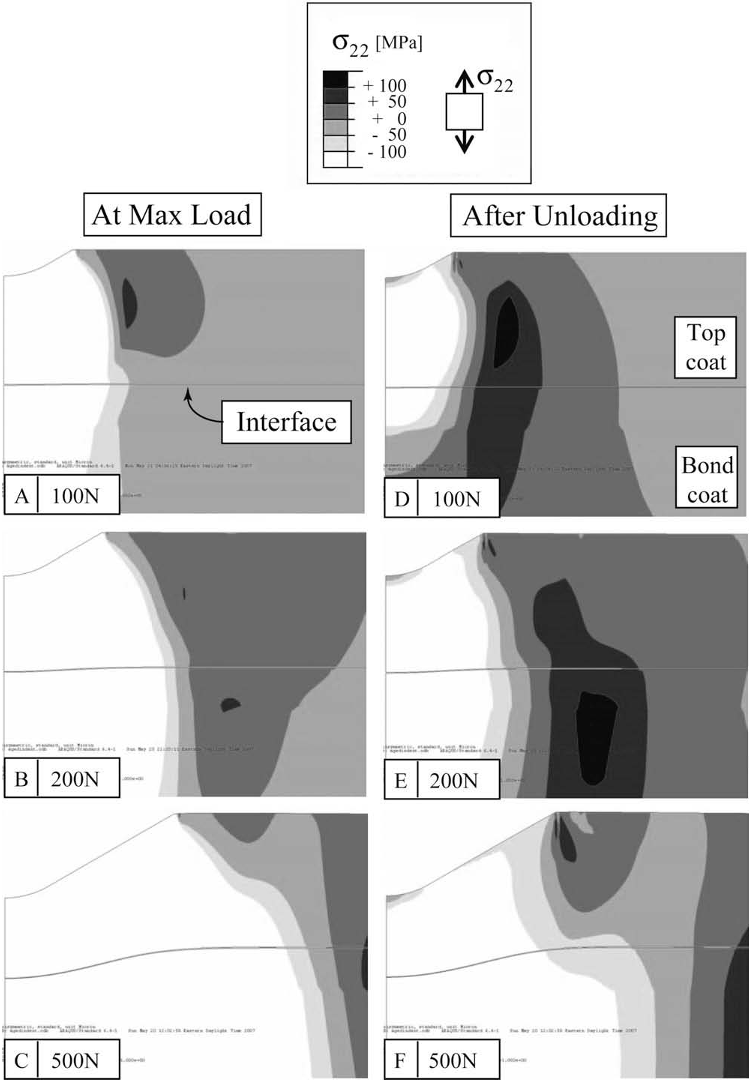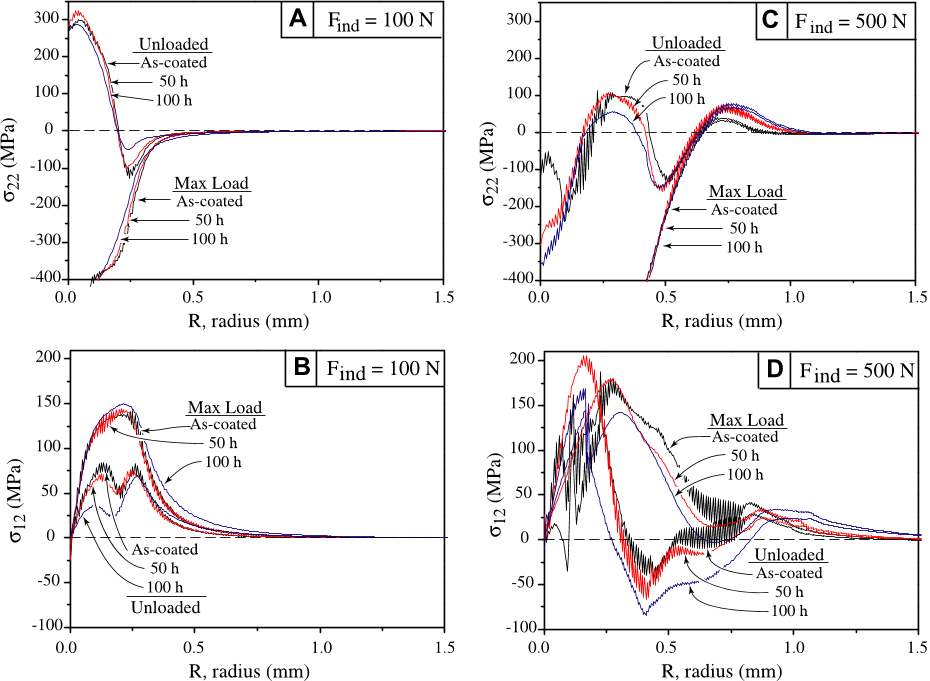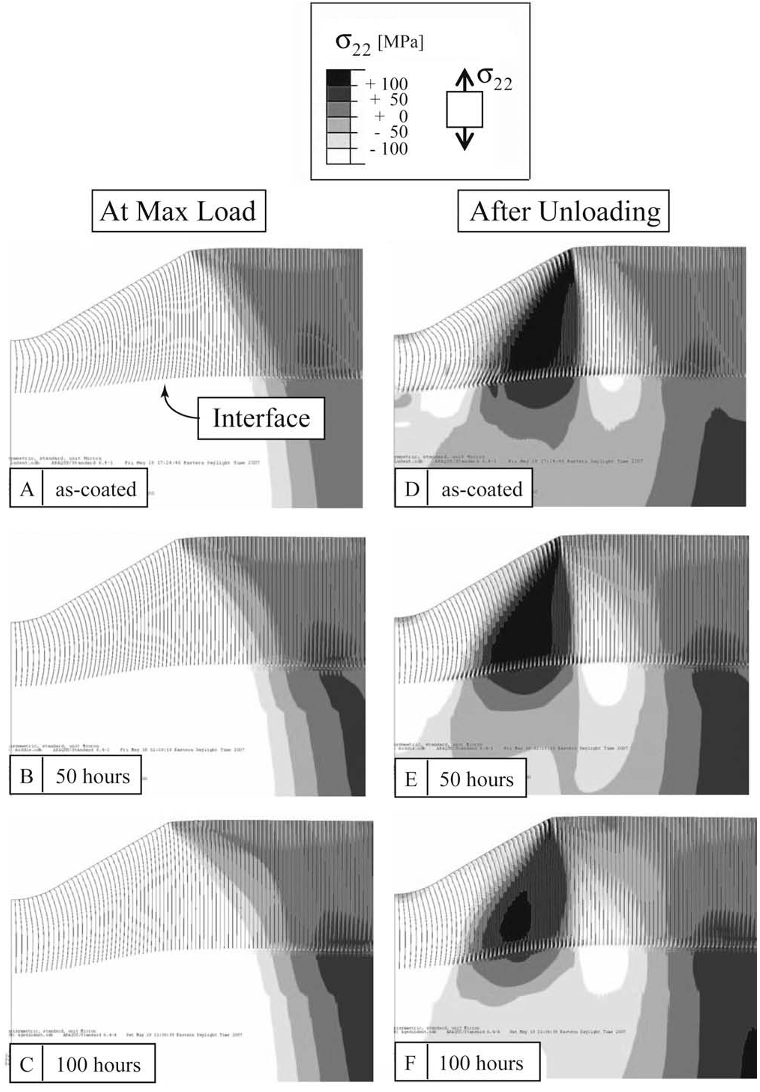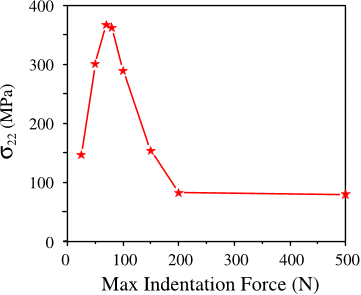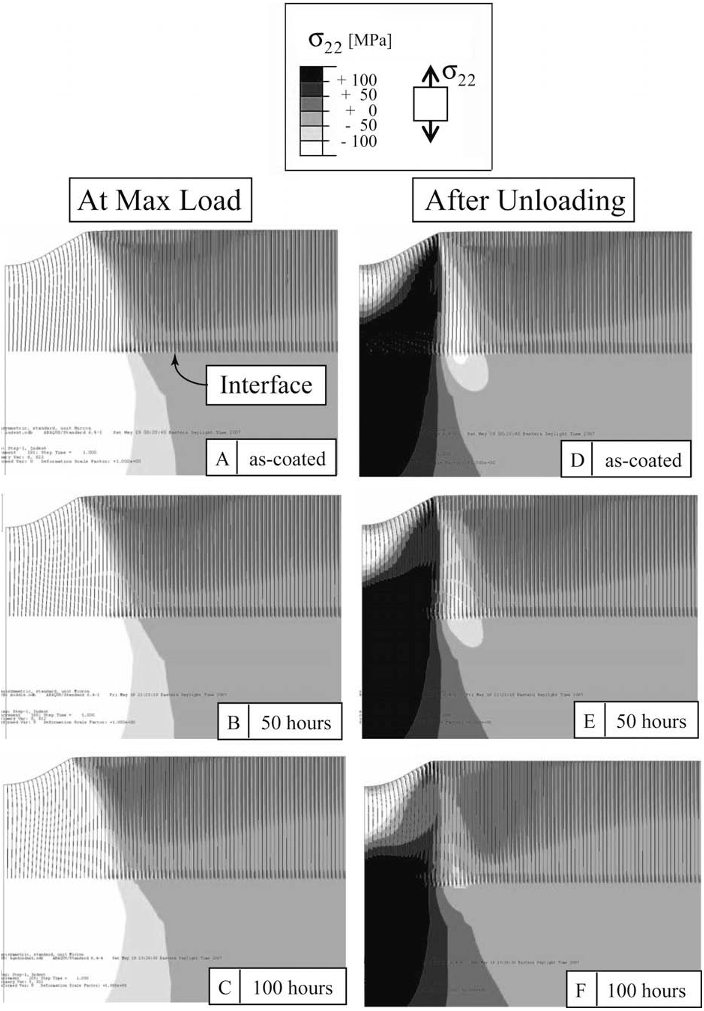Abstract: Some of the gas turbine components are exposed to high temperature corrosion. Therefore, the life cycle of gas turbine is directly affected by the durability of the components. The blades of the gas turbine are protected by film cooling holes under the condition of combining with thermal barrier coating (TBC) system. The TBC systems improve durability of the high temperature components under the condition of increasing the operating temperature. In order to improve the durability of TBC system, simulation and optimization methods were studied in this paper. Firstly, discussed a theoretical model under the thermal and mechanical loading conditions. In the following step, the hole deformations with the various thermo-mechanical conditions induced by high temperature environment and centripetal force due to rotation of the blade were optimized by design of experiments (DOE) method, in order to improve the durability of TBC system. Next, the deformations subjected to thermo-mechanical cycling induced by high temperature environment and vibration due to real operating condition were discussed. The results show that the effect of vibration is not significant compared to the effect of the centripetal force.



